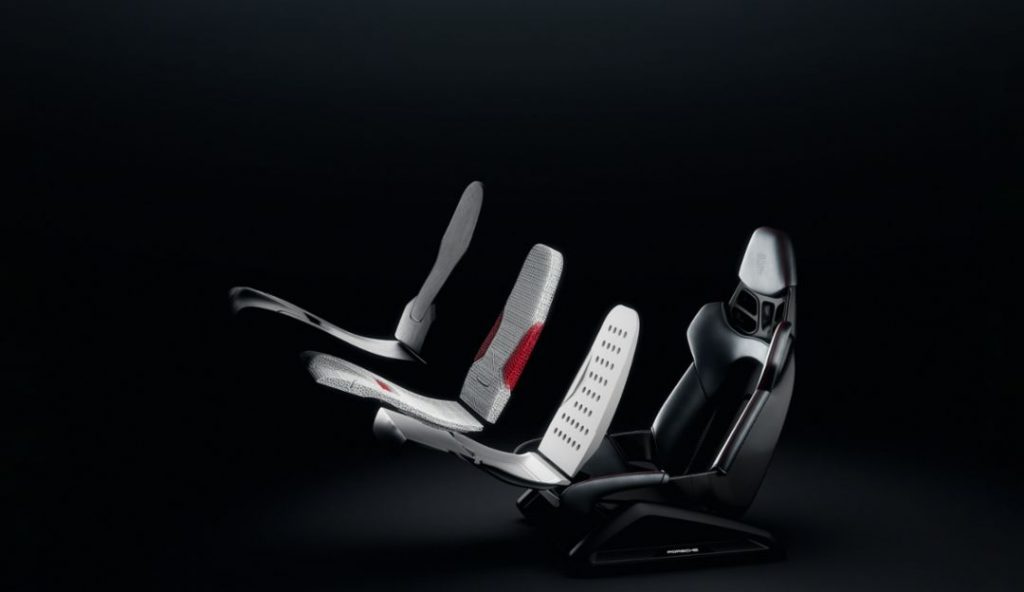At one point, the idea of rapidly creating one-off products was reserved for science fiction, like the Star Trek Replicator. But, the advent of 3D printing—sometimes called additive manufacturing—has taken hold in many industries, including the automotive field. Let’s explore how this innovative technology has transformed the car business and opened up possibilities for the future.
Advantages of 3D printing
While 3D printing will never replace an automobile factory or a dealer parts department, it’s a production platform that opens doors for manufacturers, suppliers, and retailers. Here’s what makes 3D printing so appealing.
- Rapid turnaround time: Unlike traditional manufacturing that involves assembly lines, production cycles, and lead times, 3D-printed components can be produced on demand. This approach helps meet customer needs for immediate availability without overtaxing production.
- Improved cost-effectiveness: Bringing in an over-abundance of raw materials or ramping up a production line to meet individual orders is a sure path to ruin. The same goes for stockpiling inventory that collects dust. Instead, 3D printing can solve marketplace needs without burdening the bottom line.
- More efficient production: Dovetailing off cost-effectiveness is a more resource-sensitive production process via 3D printing. It’s a method that involves reduced materials usage and less waste.
- Customization: The inherent nature of 3D production is ripe for customization opportunities. It’s an approach that could consider customer requests or allow a manufacturer to produce numerous variants that wouldn’t be practical otherwise.
- Innovation: 3D printing fosters creativity, leading to new product ideas and different ways of thinking. Engineering and development can happen on the fly rather than through the slow and tedious processes of the past.
Automotive applications for 3D printing/additive manufacturing
3D printing has established beachheads in the numerous segments of the automotive industry, with each area having a defined purpose for the technology.
 Prototypes and concepts
Prototypes and concepts
Sketches and digital images can only take an automotive idea so far. So it makes sense for 3D printing to step in to make things real. A hands-on item can validate engineering exercises, and scale models can help bring design visions closer to reality. Plus, the ability to rapidly create components can keep development costs in check while enabling companies to get ahead of any potential issues that arise before the start of production.
Manufacturing
While the idea of 100% 3D-printed cars may one day become a reality, these car-building efforts center on producing limited-run components in select premium brands. For example, the $5 million Bugatti Bolide uses 3D-printed engine mounts and titanium-printed brake calipers for weight reduction and enhanced performance. There are other examples, including how 3D printing helped BMW bring the i8 electric supercar to life and also enabled Bentley to produce more than 15,000 parts in 2021 for enhanced customization.
Aftermarket upgrades
From powertrain components to decorative add-ons, 3D printing can offer upgrades that would never come from an automaker. This enables aftermarket companies, speed shops, and weekend tinkerers to customize and personalize.
Tooling
3D printing isn’t exclusively for the production of automobile parts but also for the molds, jigs, and fixtures used for the mass production of vehicle components. This speeds up the entire manufacturing process.
Spare parts
Dealers don’t have to worry about printing encroaching on parts departments (read below), but these systems offer an opportunity to create replacements for out-of-production parts and other hard-to-find components.
Will 3D printing impact car dealers?
A 2015 article in Ward’sAuto raised the possibility that dealers can use 3D printing as a profit center and customer service feature. But, seven years later, there’s been no advancement on this front. Automotive retailers and their parts departments continue to operate as they have for decades, with little exception.
This is due to high-quality 3D printing, especially metal-based additive manufacturing, being expensive. There is also a lack of significant demand for highly specialized components that could be sourced through this method.
In short, the retail and services elements of the business aren’t there yet. The “same old” supply chain will keep chugging along until the cost of technology drops significantly or hoards of consumers are willing to pay a premium for the privilege of 3D-printed parts. In the meantime, 3D printing will stay the domain of automotive engineers, carmakers, and the aftermarket crowd.
Did you enjoy this article? Please share your thoughts, comments, or questions regarding this topic by connecting with us at newsroom@cbtnews.com.
Be sure to follow us on Facebook, LinkedIn, and TikTok to stay up to date.
While you’re here, don’t forget to subscribe to our email newsletter for all the latest auto industry news from CBT News.




